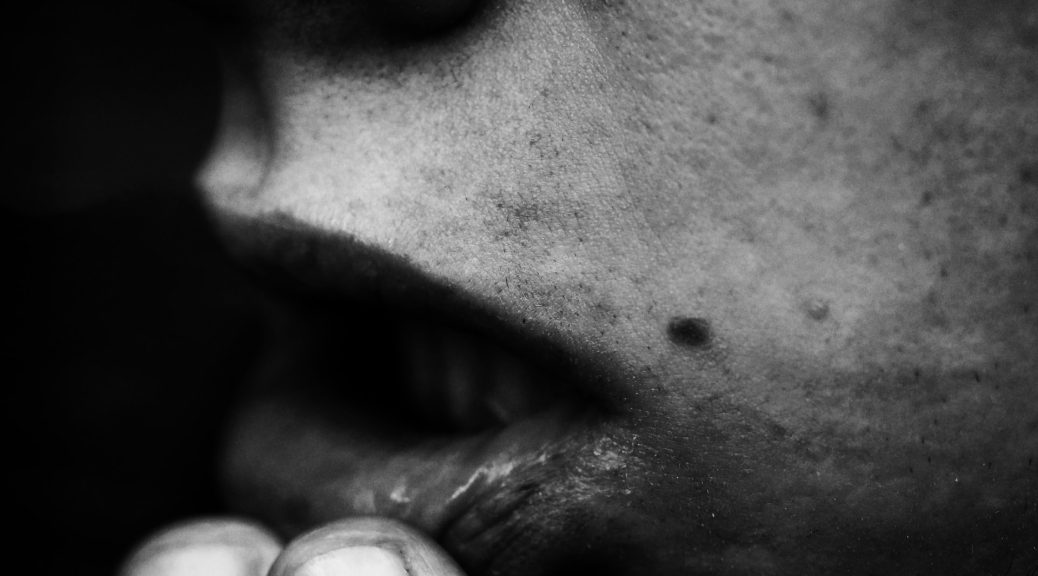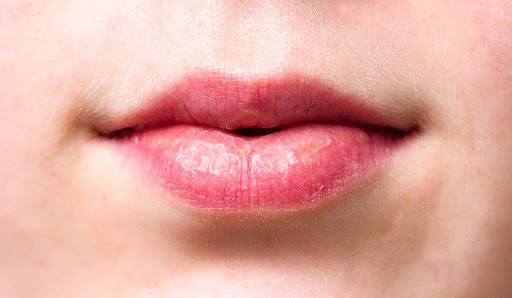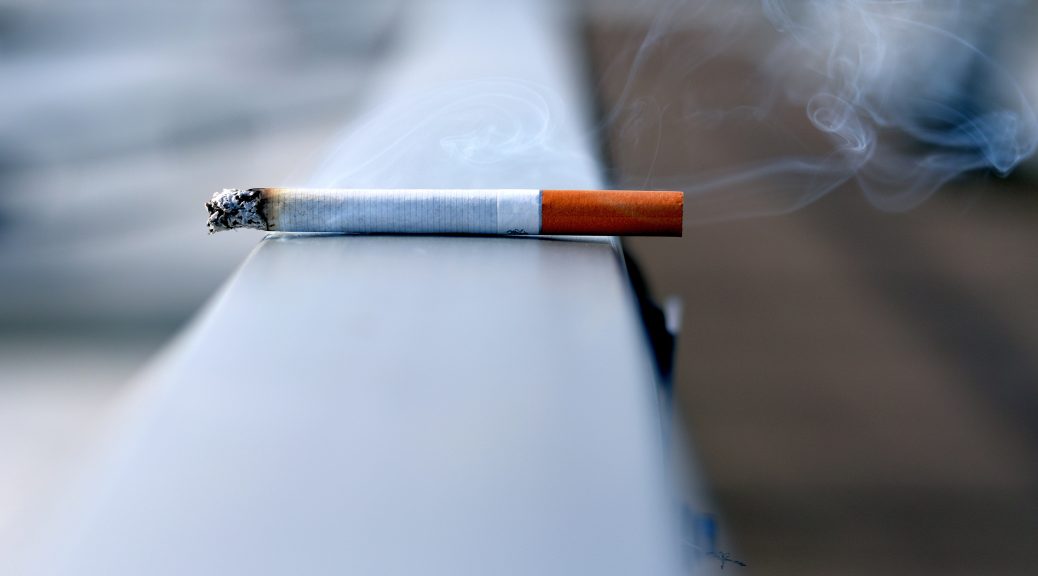When it comes to the oral health care needs of older adults, the increased risk of developing problems with teeth and gums can be painful and debilitating, adversely affecting quality of life and overall well-being. Understanding the causes and symptoms of the most common issues will help you manage those risks.
Five Common Problems for Older Adults:
- Tooth Decay: According to the Center for Disease Control and Prevention (“CDC”), nearly one in five U.S. seniors has untreated tooth decay. As an older adult, the primary cause of any cavity you may have is the same as for any age group – sugary, starchy, and acidic foods and drinks. But your risks of decay may be compounded by changes that often come with aging, including thinning of protective tooth enamel, receding gums (see #2), a dry mouth (see #3), and difficulty brushing and flossing due to loss of manual dexterity.
- Receding gums: Older adults’ gums sometimes shrink away from their teeth. This can result from genetics but can also be caused by brushing too hard or grinding your teeth. If your gums recede, the roots of your teeth are exposed, causing them to become sensitive to touch and to hot and cold extremes and more prone to decay. If left untreated, receding gums raise gum disease and tooth loss risks.
- Dry mouth: Though not a natural consequence of aging, decreased production of saliva, “dry mouth,” is more common among seniors. If you are an older adult with a dry mouth, it is likely a side effect of certain medications. Medications include those prescribed to treat heart problems, allergies, cancer, high blood pressure, high cholesterol, and anxiety. It’s also possible that your dry mouth results from resorting to “mouth breathing” due to allergies, adenoids, or blocked nasal passages. Dryness damages your mouth’s hard and soft tissues and can lead to extensive tooth damage and loss.
- Gum disease: Gum disease results from plaque buildup, the sticky film of bacteria that constantly forms on your teeth. Gum disease begins with gingivitis, inflammation-causing reddening, and swelling of your gums. Gingivitis is reversible, but if left untreated, it progresses to periodontitis, which is not reversible. Pockets form between your teeth and gum line, and infection occurs when plaque spreads into the open spaces. Over time, periodontitis can destroy the soft tissue and bone supporting your teeth. It is the number one cause of tooth loss in adults. According to CDC data, the majority of American seniors have periodontitis.
- Missing teeth: During your life, and particularly as an older adult, you are almost certain to lose a number of your teeth as the result of tooth decay, bone and gum disease, or trauma. Nearly 20% of seniors 65 and older have no remaining natural teeth. Missing teeth can trigger many additional problems, ranging from difficulty speaking clearly or chewing and adequately digesting your food to longer-term issues, including bone loss or strain on the temporomandibular joint, causing headaches and jaw pain. The sooner you properly replace any missing tooth, the better your outcome will be.
As an older adult, it is as vital as ever that you consume a well-balanced diet and follow a daily oral hygiene routine to strengthen your protective enamel and reduce plaque buildup, gingivitis, and cavities:
- Good foods and drinks for dental health: Fresh fruits and vegetables are highly nutritional and have added teeth-cleaning benefits. Calcium-rich foods like low-fat or fat-free milk, yogurt or cheese, tofu, canned salmon, and dark green leafy vegetables promote strong teeth. Chewing on crunchy foods can stimulate saliva, which, along with drinking water throughout the day, helps wash away bacteria and food particles.
- Limiting sugary, starchy, and acidic foods and drinks: Sugary treats and drinks like candies, cookies, sodas, and sports drinks can feed the bacteria in your mouth, producing acids that erode tooth enamel and lead to cavities. High-starch foods like bread, pasta, and chips can cause problems as they linger in your mouth and break down into sugars. Acidic foods like citrus fruits, tomatoes, and pickles can also erode enamel.
- Rinsing: Before brushing your teeth, rinse with water to dislodge food particles. After brushing, rinse again with water or an alcohol-free mouthwash containing fluoride to help protect against tooth decay. If you have trouble controlling plaque buildup, gingivitis, or dry mouth, ask your dentist whether a therapeutic mouthwash might help.
- Brushing: You should brush your teeth for at least two minutes twice a day. Use a toothpaste that contains fluoride to help strengthen your enamel and a toothbrush with soft or extra-soft bristles. If arthritis or any other condition makes it hard for you to brush or hold your toothbrush, you can use a grip-aid that slides over the handle or switch to an electric toothbrush. Ask your dentist what would work best for you.
- Flossing: You should try to floss more than once daily, preferably after eating. If traditional flossing becomes difficult, you can try over-the-counter tools like dental picks, pre-threaded flossers, and tiny brushes that reach between your teeth, or you can invest in a water flosser. Again, you should ask your dentist how to get the best results.
Finally, you should do your best to begin or continue getting regular dental checkups and professional cleanings. They are at least as crucial for older adults as for everyone else. They help your dentist monitor your oral health and spot problems before they start
If you need any other information concerning your dental health needs as an older adult, schedule a consultation with your dentist today to learn more.












